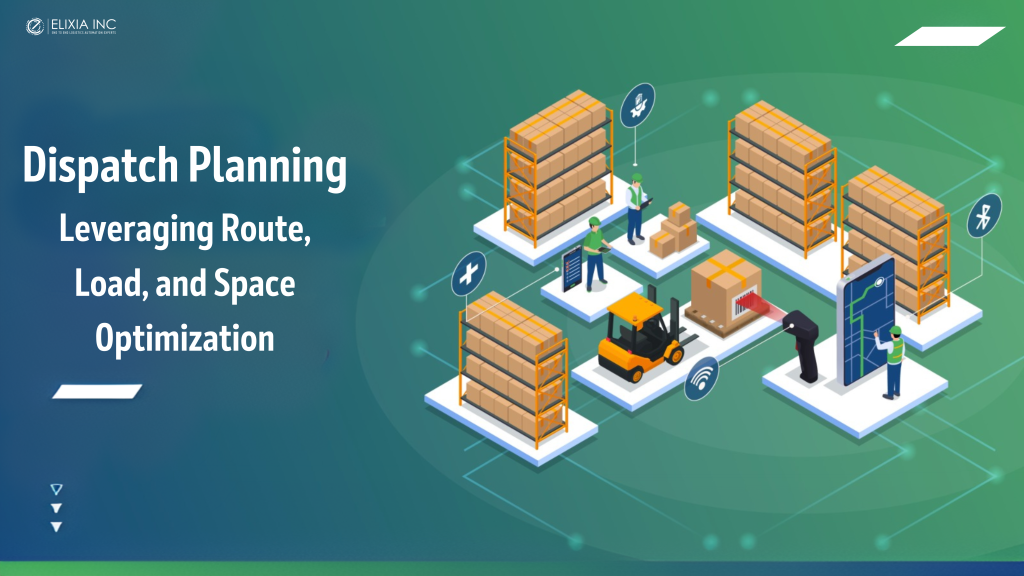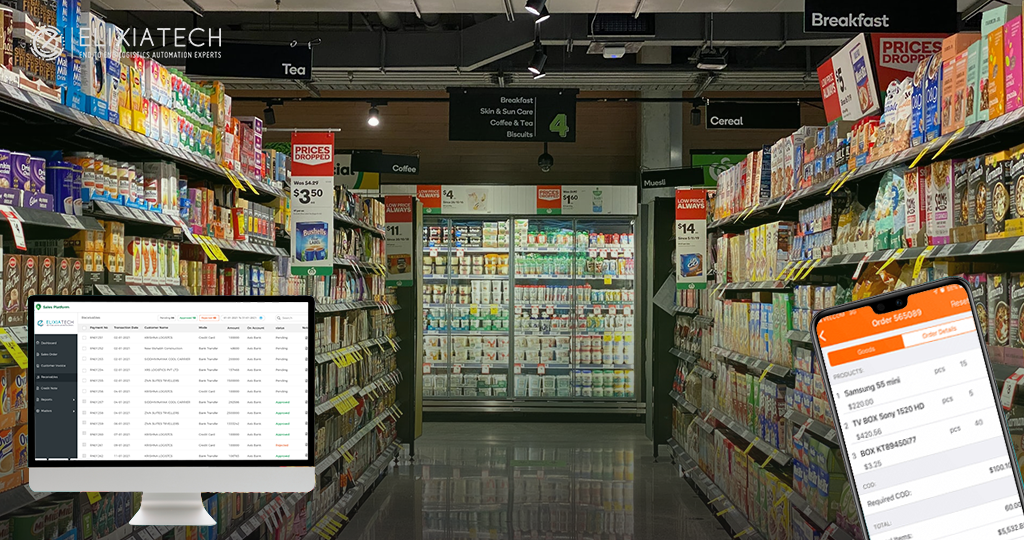
Dispatch Planning: Leveraging Route, Load, and Space Optimization
In the dynamic world of logistics and transportation, dispatch planning stands at the crossroads of efficiency and profitability. It’s the heartbeat of operations, orchestrating the seamless movement of goods from point A to B. But the challenge lies in doing it smartly, and that’s where the magic of route, load, and space optimization comes into play.
Let’s set the stage with some eye-opening statistics. Route optimization can slash fuel costs by up to 15%, according to the American Transportation Research Institute. In a world increasingly conscious of environmental impact, this translates to not only financial gains but also a substantial reduction in carbon emissions. Furthermore, it’s not just about routes; it’s about load management too. Picture Walmart, a retail behemoth, where every inch of cargo space counts. By embracing intelligent stacking and packing solutions, Walmart has increased cargo efficiency by a staggering 15%. This equates to millions of dollars saved and a significant reduction in environmental impact.
In this blog, we’ll dive deep into the world of dispatch planning, unveiling the secrets of route, load, and space optimization. We’ll explore how these strategies are revolutionizing logistics and transportation, saving costs, reducing carbon footprints, and ultimately setting businesses apart in a fiercely competitive landscape.
Analyze and Optimize Routes:
One of the key components of efficient dispatch planning is analyzing and optimizing routes. By carefully evaluating the routes your vehicles take, you can identify any inefficiencies or areas for improvement. This could involve identifying shorter or faster routes, avoiding congested areas or high-traffic times, or finding alternative routes to bypass road closures or construction. This can be achieved by software powered by algorithms and real-time data


Benefits of route optimization:
- Real-time updates
- Reduce travel time
- Reduced fuel consumption
- Lower logistics costs
- Improved customer satisfaction by ensuring timely deliveries
Efficiently Manage Loads:
Efficiently managing loads is another crucial aspect of dispatch planning. This involves determining the optimal amount of cargo or goods that can be transported in each vehicle. It takes into consideration factors such as weight limits, space availability, and delivery schedules. By properly managing loads, you can maximize the use of your vehicles’ capacity, reduce the number of trips needed, and minimize fuel consumption.

Benefits of load optimization:
- Cost savings
- Improved efficiency in your dispatch operations
- Optimal vehicle utilization
- Optimal resource allocation
- Minimized damage
- Reduced fuel consumption
Efficiently manage space and get a 3D view:
Efficiently managing space is a crucial aspect of dispatch planning. Firstly, by utilizing technology and software, you can optimize the allocation of space in your vehicles or storage facilities. This includes maximizing the use of available space, ensuring that each load is properly organized and secured, and minimizing wasted space. Moreover, some dispatch planning tools offer a 3D view feature, allowing you to visualize the arrangement of loads and space in a three-dimensional format. This can help you identify any potential issues or inefficiencies and make adjustments accordingly. In conclusion, by efficiently managing space and utilizing a 3D view, you can improve the overall effectiveness of your dispatch operations and ensure maximum productivity.

Why it matters:
- Increasing warehouse efficiency to reduce costs
- Inventory Management
- Streamlined Loading and Unloading
- Scalability
Technology and automation play a vital role in streamlining dispatch planning processes. Furthermore, there are various software and tools available that can help you optimize routes, loads, and space for maximum productivity. Moreover, these tools can automate tasks such as route planning, load allocation, and space optimization, saving time and reducing the risk of human error. Additionally, they also provide real-time updates and alerts, allowing you to make quick adjustments and respond to changes in demand or unforeseen circumstances. By utilizing technology and automation, you can improve the efficiency and effectiveness of dispatch operations. Consequently, this can lead to cost savings and improved customer satisfaction.
Elixia’s Dispatch planning
It minimizes logistics costs and improves efficiency by optimizing shipments, routes, and loads. It assesses delivery needs, consolidates loads, selects the ideal truck, and creates efficient delivery routes. Orders are combined based on load type, vehicle capacity, availability, delivery times, and relevant constraints. Using advanced algorithms and real-time data, the planning module determines the best load and route plan for each trip.

Talk to our supply chain experts to optimize your operations
Wrapup:
Leveraging route, load, and space optimization can significantly enhance operational efficiency, reduce costs, and improve customer satisfaction. Businesses that invest in advanced technologies and embrace integrated dispatch planning solutions are better positioned to thrive in today’s competitive marketplace. As technology continues to evolve, the opportunities for optimization and efficiency in dispatch planning will only grow, making it an essential area of focus for forward-thinking organizations.



